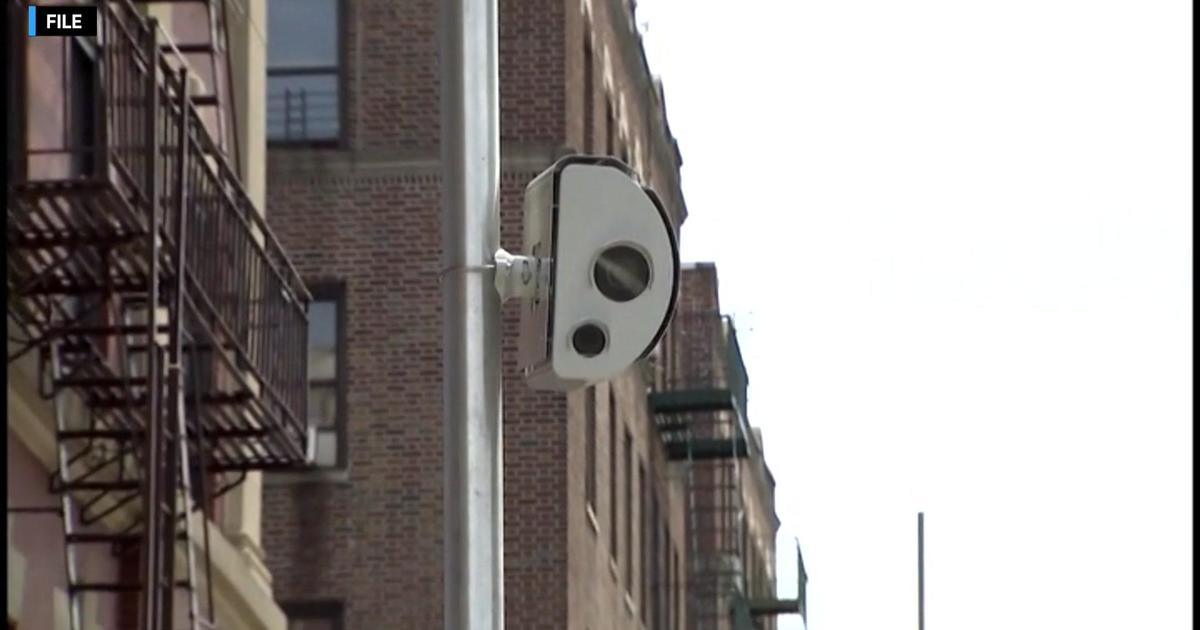Minimally-Invasive Pump Could Be A Life Saver For Heart Attack Patients
NEW YORK (CBSNewYork) -- When you hear the words artificial, implantable heart pump, you probably think major surgery and a very large device.
But as CBS2's Dr. Max Gomez explained, new technology has resulted in a heart pump about the size of a soda straw.
Now, the world's smallest heart pump is saving lives.
When you sprain or tear a muscle, the doctor tells you to stay off it and rest it, but you can't rest your heart muscle after a heart attack -- it has to keep pumping.
Unless you have a pump so tiny it can be threaded into your heart through your veins.
Looking at 54-year-old Daniel Kim you'd never think he's a heart patient. He has normal weight and blood pressure, and went to the gym three times a week.
"Weight was normal. I pretty much watch out what I'm eating, so I thought that I was a really healthy person," he said.
But just two months ago Kim wasn't feeling right. He didn't have any chest pain, but went to the E.R. and promptly collapsed with a massive heart attack.
"After that I don't remember anything," he said.
Kim needed an emergency coronary artery stent, an extremely risky procedure for a patient having a heart attack.
"Their heart muscle is failing. They have pump failure. They are short of breath, they can't breath, their oxygen levels are low, and we are going to attempt to open a closed vessel. That, in and of itself, is very risky," Dr. Mary Abed, Chief of Cardiology, Jersey City Medical Center, said.
Kim's procedure was done safely thanks to a tiny heart pump called Impella. Despite their size, each can pump nearly a gallon of blood per minute.
It's enough to turn a beaker of water into a fountain.
Dr. Vladimir Znamensky used the Impella to protect Kim's heart during the stenting procedure and left it in for two days,
"It allows for really resting the heart and recovering the myocardium, allowing for better output and really recovering the heart," Dr. Znamensky said.
The different pump models can be put in minimally invasively through arteries or veins to support either ventricle. Once in the heart the Impella draws blood from the ventricle and pumps it to the lungs or body with a tiny corkscrew spinning at up to 50-thousand RPM.
Kim doesn't remember any of that, but said he's doing very well.
"Right now I'm doing really good," he said.
The idea behind leaving the pumps in for days in a heart shock patient is to give the heart a rest, allowing natural healing to take place.
The device lets doctors treat and save some of the very sickest heart patients.



